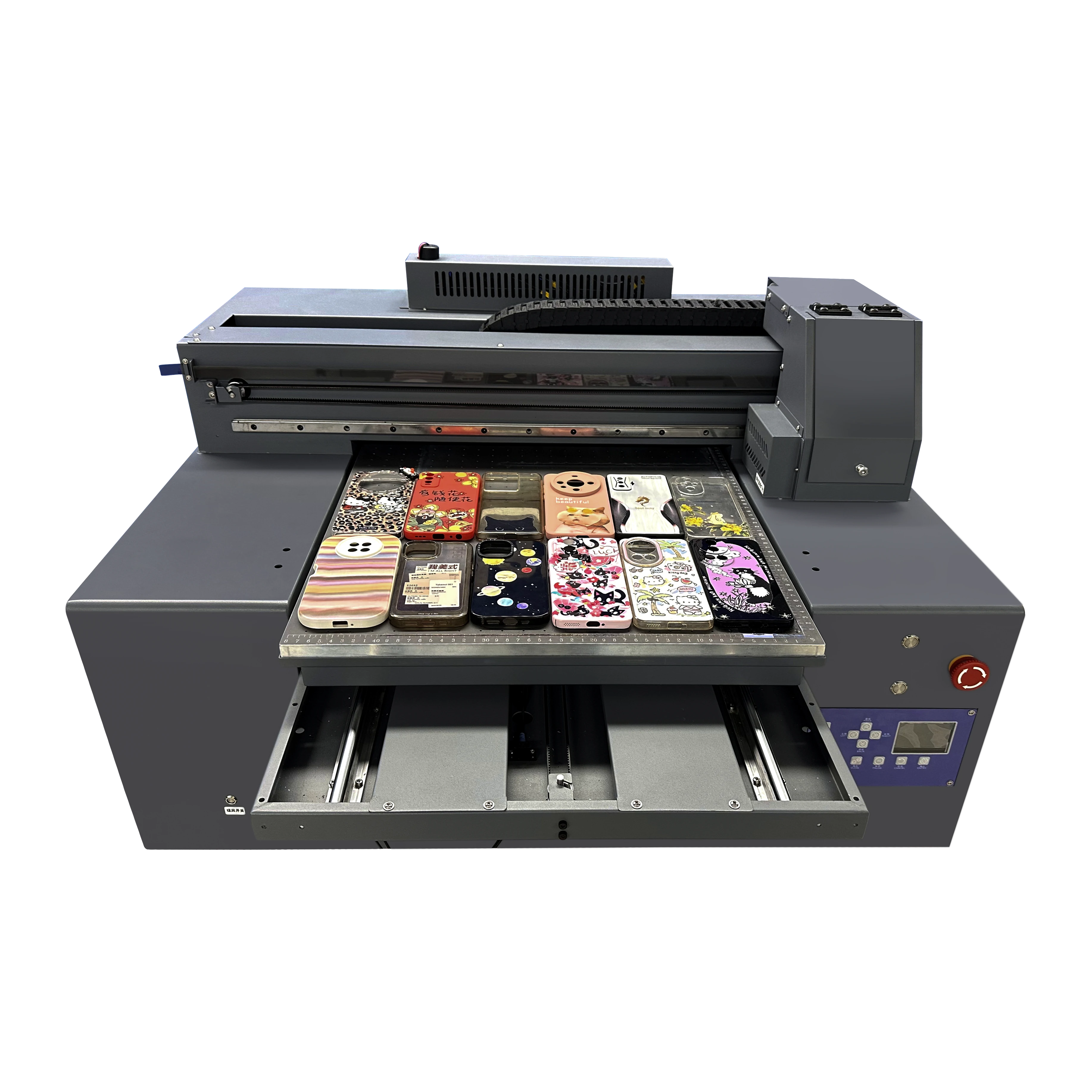UV flatbed printer is an advanced digital printing device that can print high-quality on a variety of material surfaces (such as wood, metal, glass, plastic, etc.). Its working principle mainly includes the following steps:
Preparation:
Material placement: First, place the material to be printed (such as plate, glass or metal) on the working platform of the printer. The platform is usually flat to ensure the accuracy of the printing process.
Design input:
Image processing: Through computer software, users upload the graphics, text or design to be printed to the printer. This software allows users to adjust print settings such as size, color and print resolution.
Inkjet printing:
Nozzle inkjet: UV flatbed printers are equipped with multiple nozzles, which will spray tiny ink droplets onto the material surface according to the instructions of the design file. The nozzle uses a precise control system to ensure that the position and size of each ink droplet are accurate.
UV curing:
Ultraviolet irradiation: After the ink is sprayed onto the surface of the material, the UV flatbed printer will immediately use ultraviolet light to irradiate the printed ink. This process is called "curing", which makes the ink dry quickly and solidify on the surface of the material to form a wear-resistant and weather-resistant printing effect.
Post-processing:
Inspection and cleaning: After printing is completed, the operator will check the print quality to ensure that there are no defects or errors. In some cases, additional post-processing steps such as washing or coating may be required to enhance the printing effect.
Summary
UV flatbed printers achieve efficient digital printing by spraying ink onto the surface of the material and using ultraviolet light for rapid curing. Its flexibility and high-quality printing results make it widely used in many industries such as advertising, packaging, home decoration and personalized products.

 EN
EN
 AR
AR
 HR
HR
 NL
NL
 FR
FR
 DE
DE
 IT
IT
 JA
JA
 KO
KO
 PL
PL
 PT
PT
 RO
RO
 RU
RU
 ES
ES
 SV
SV
 ID
ID
 TH
TH
 TR
TR
